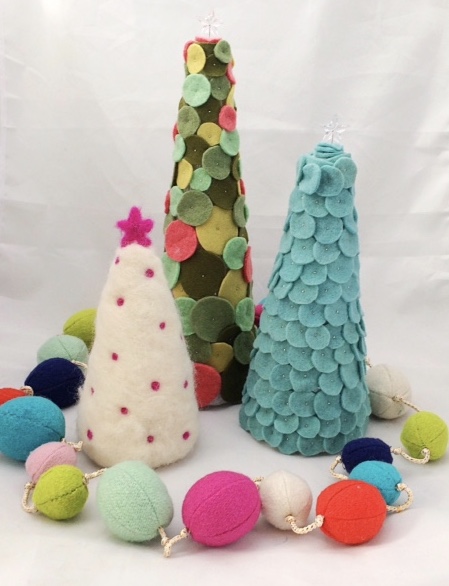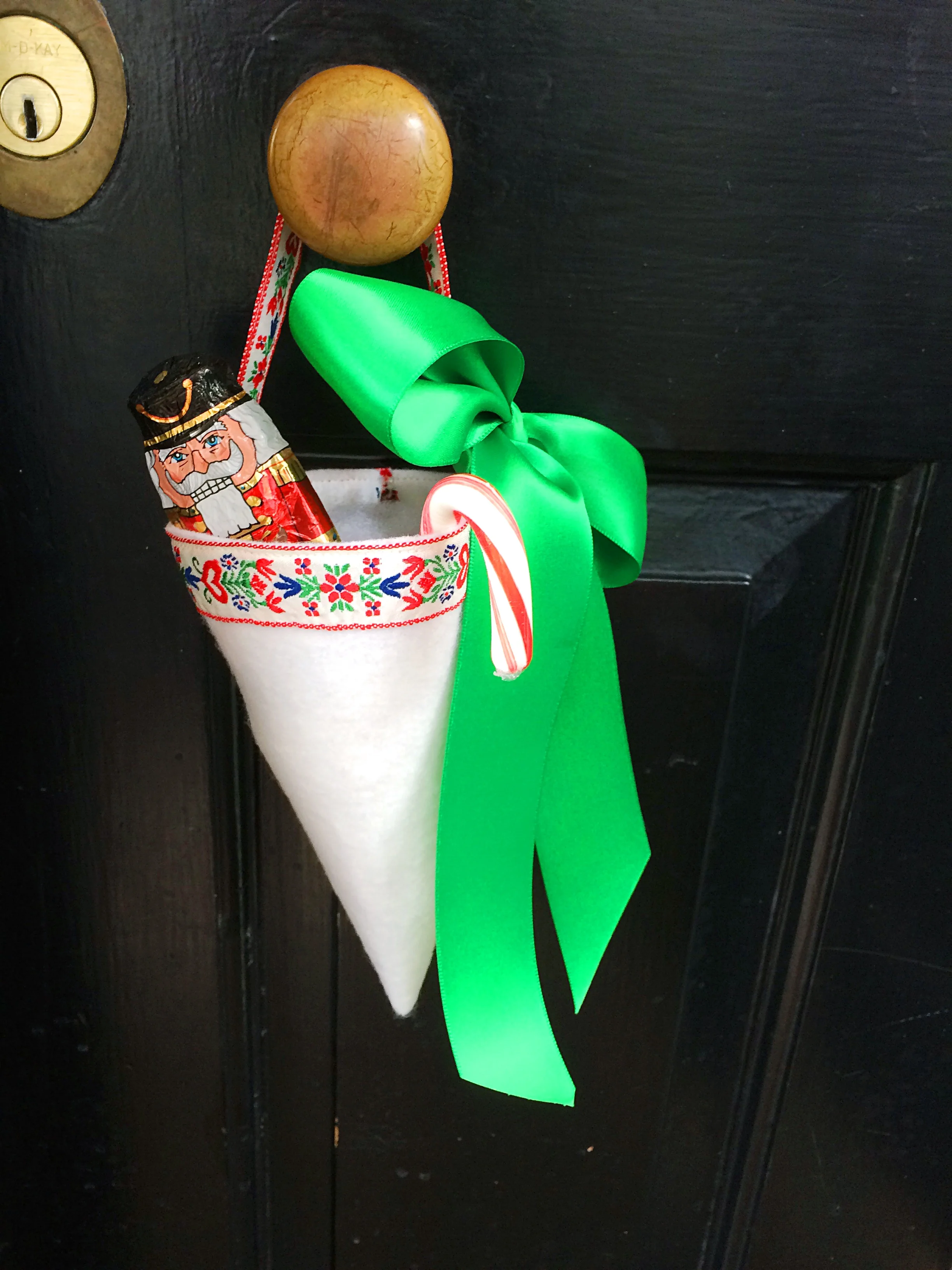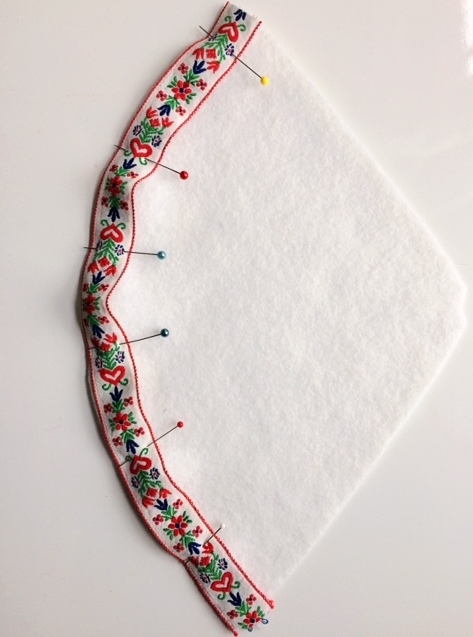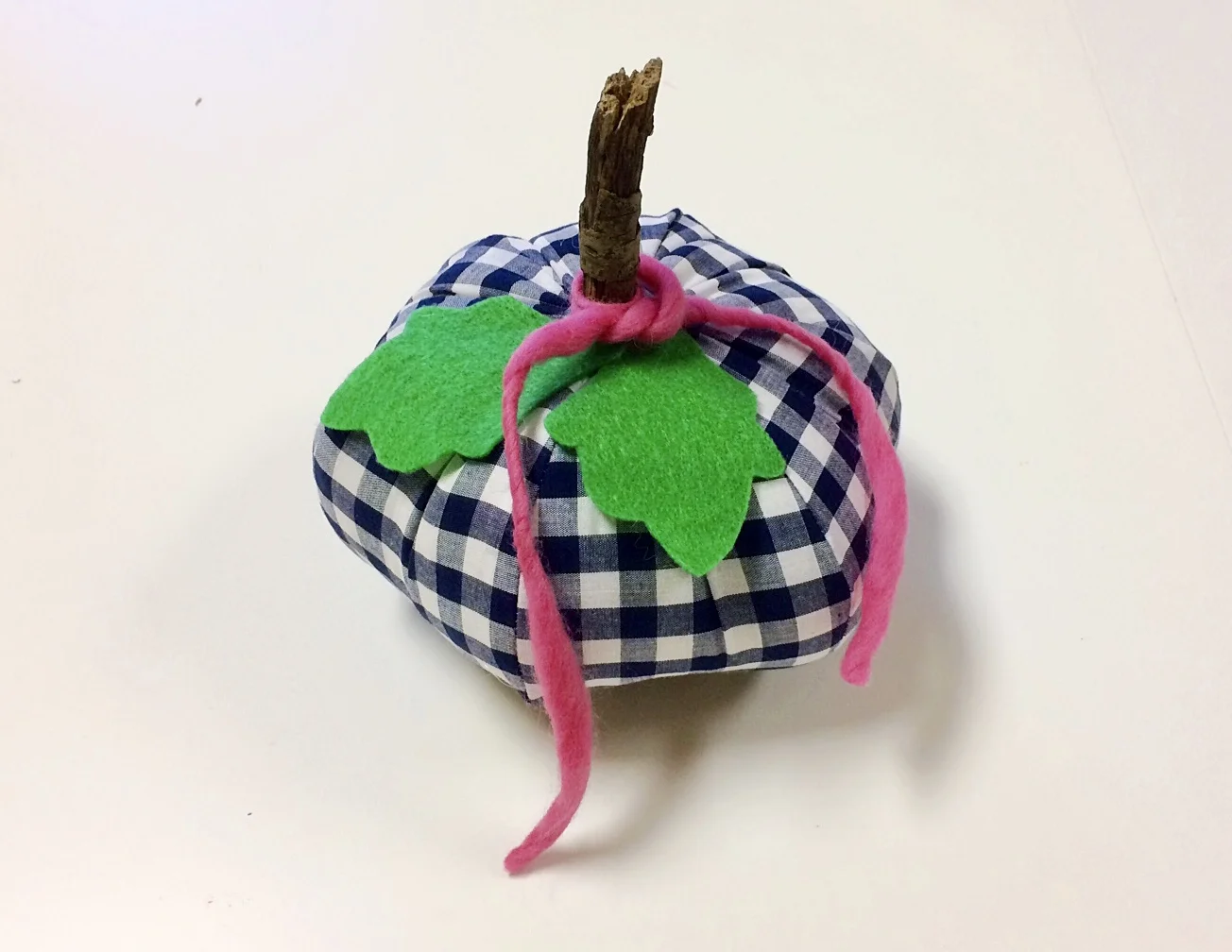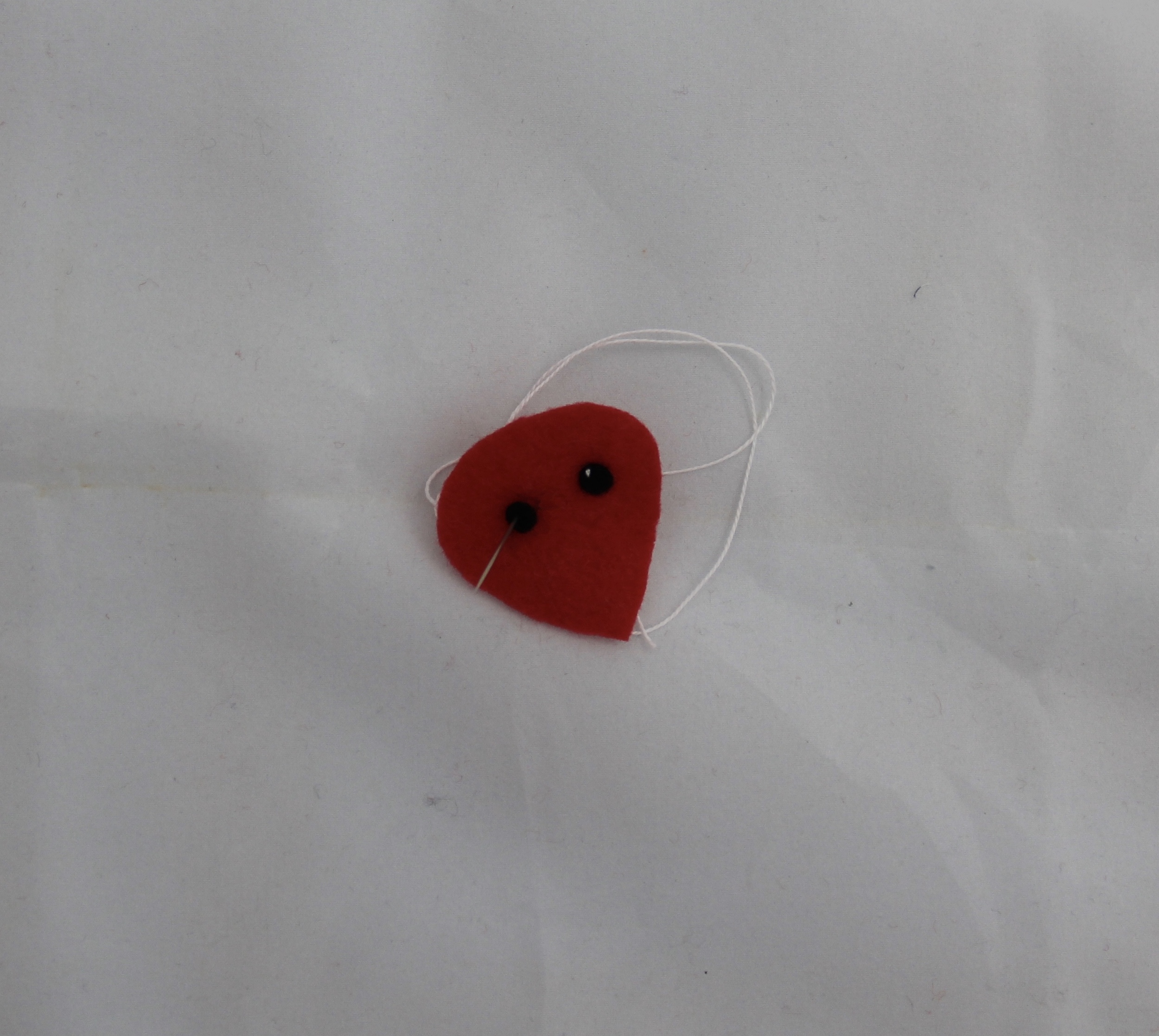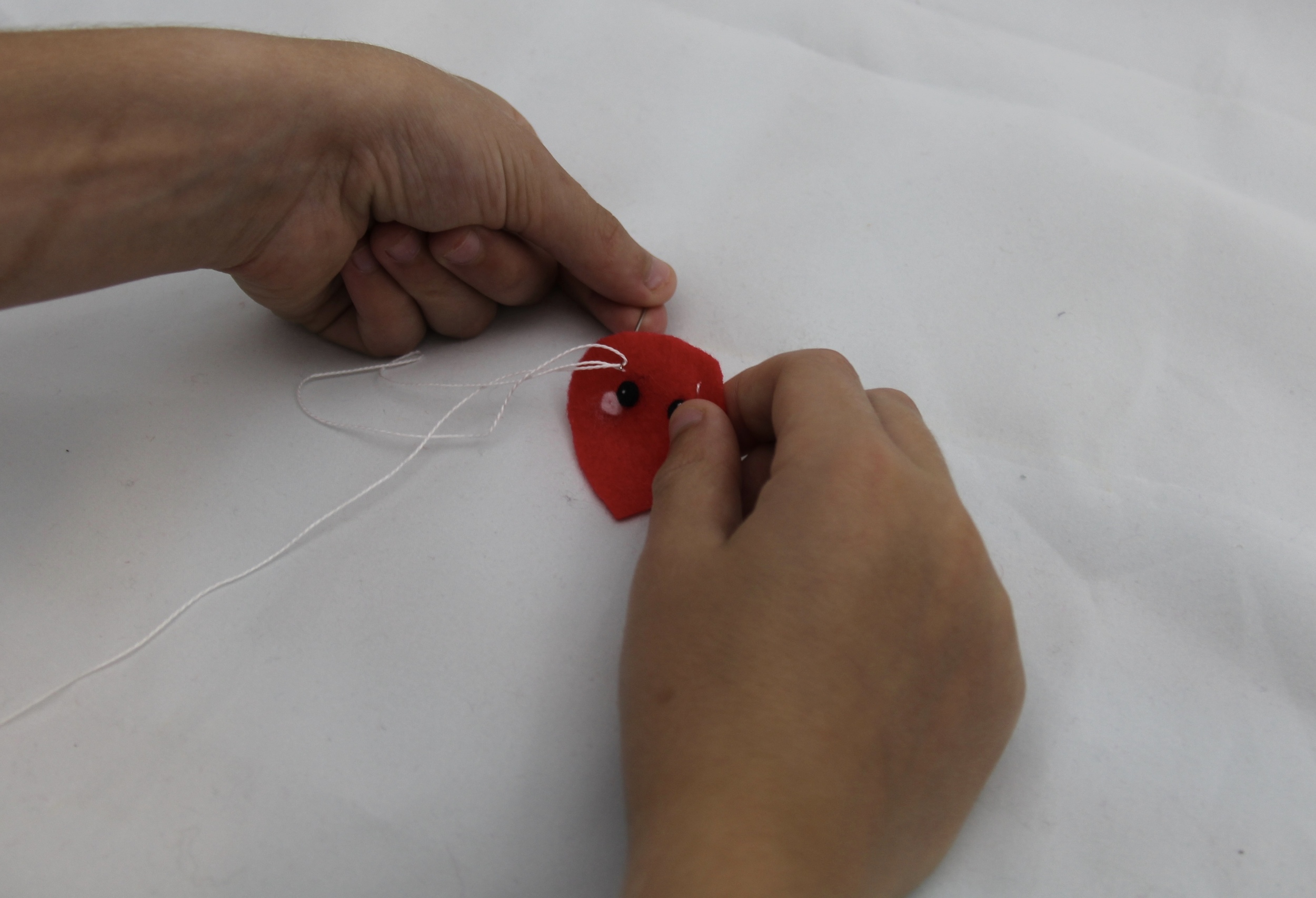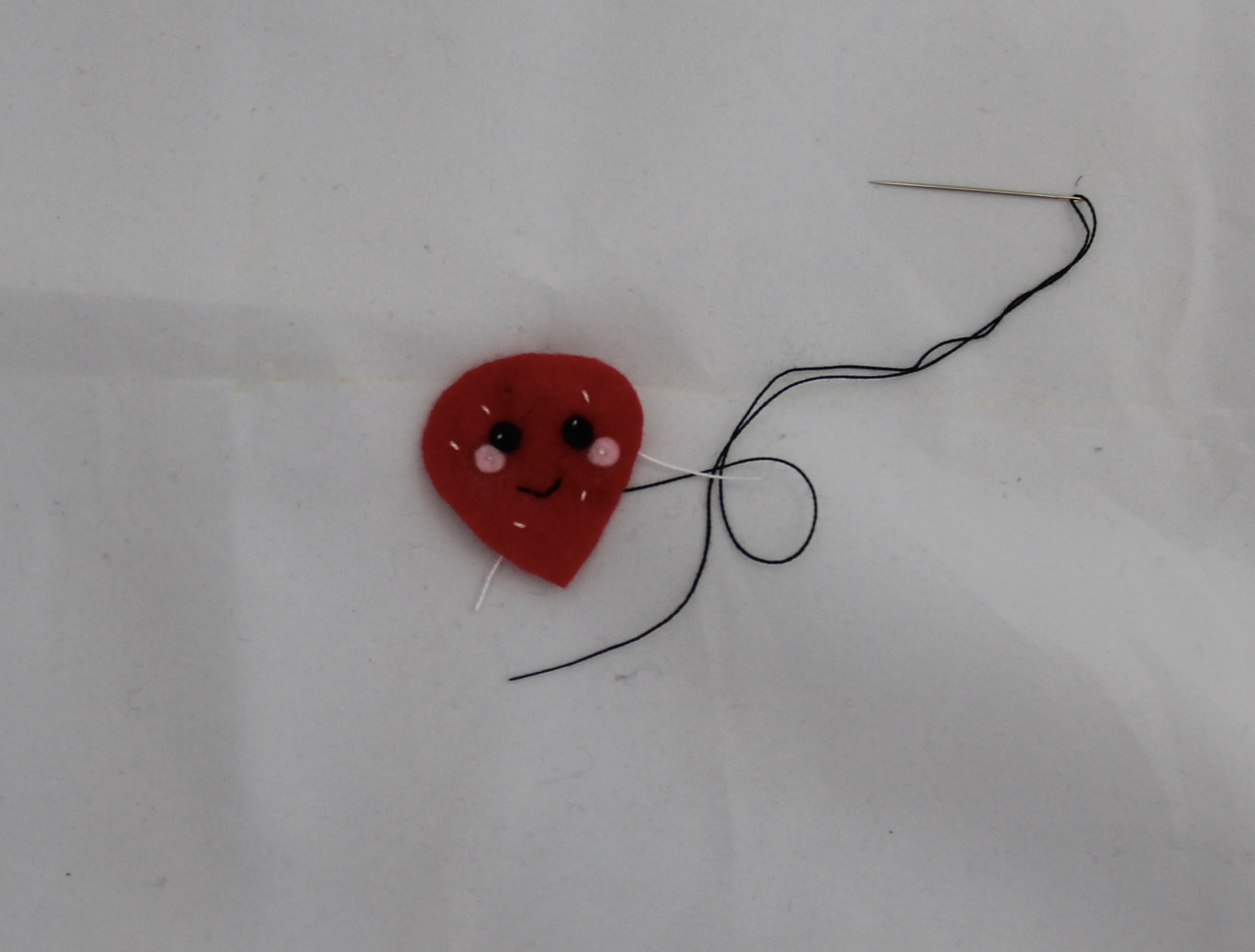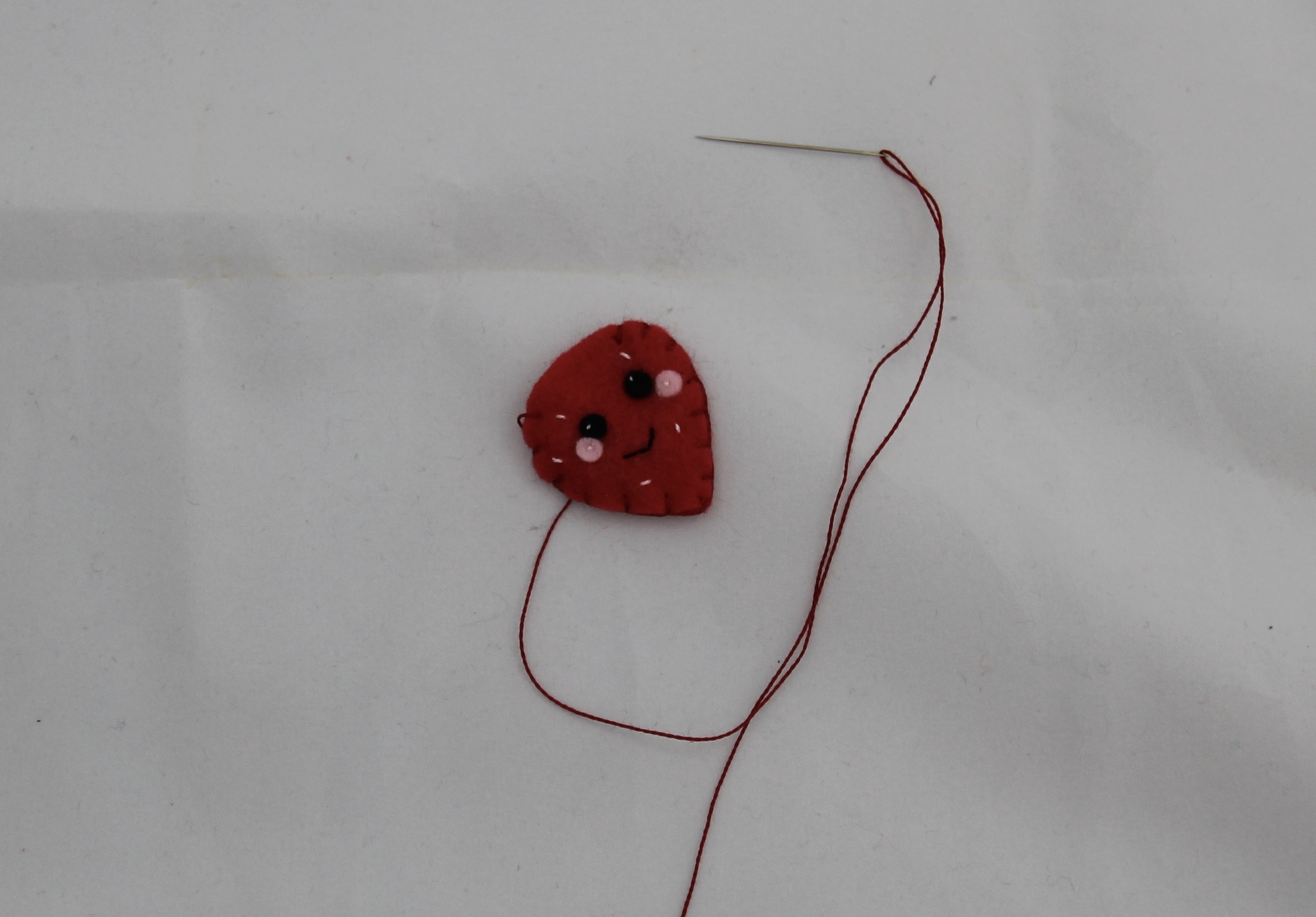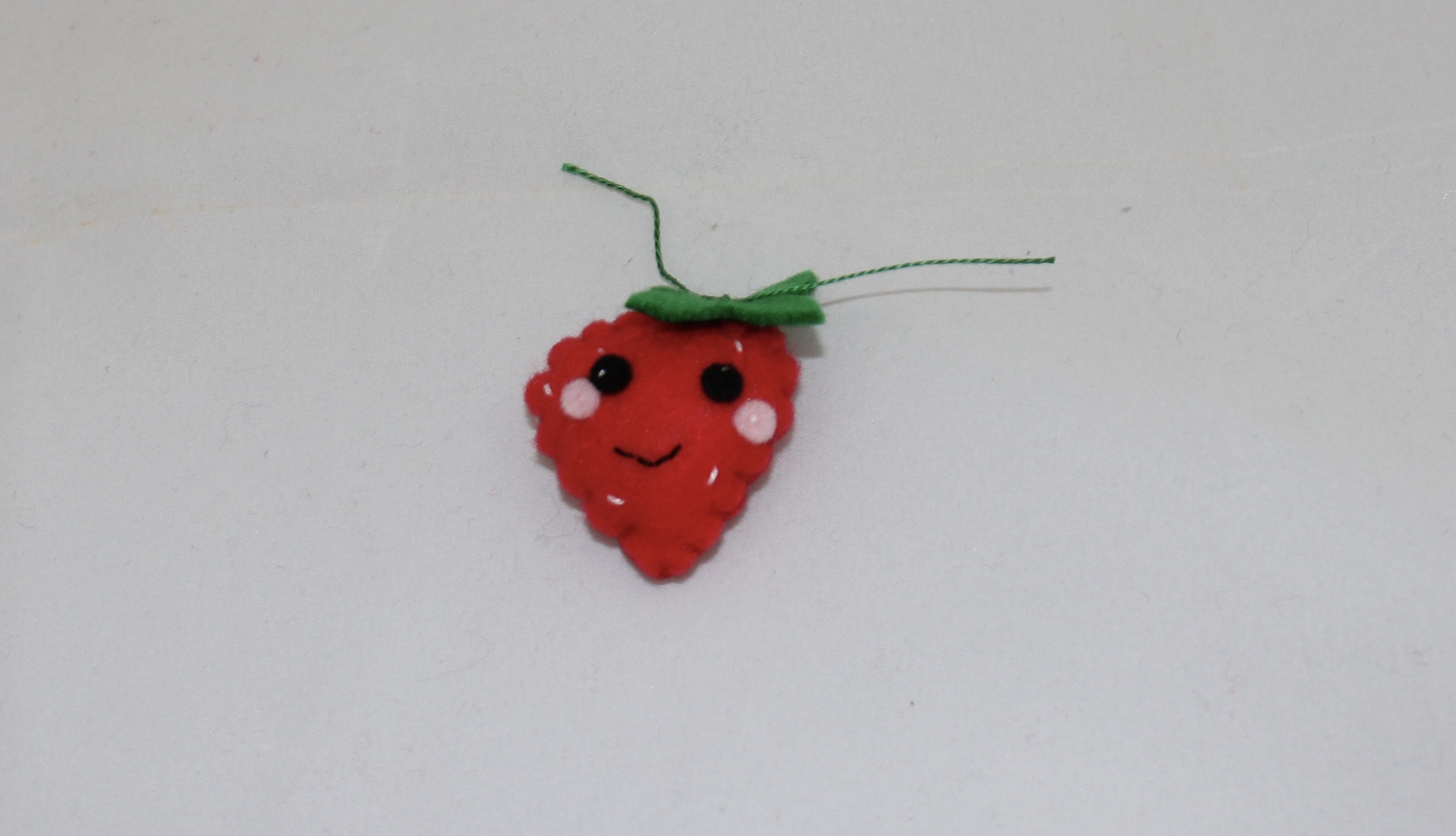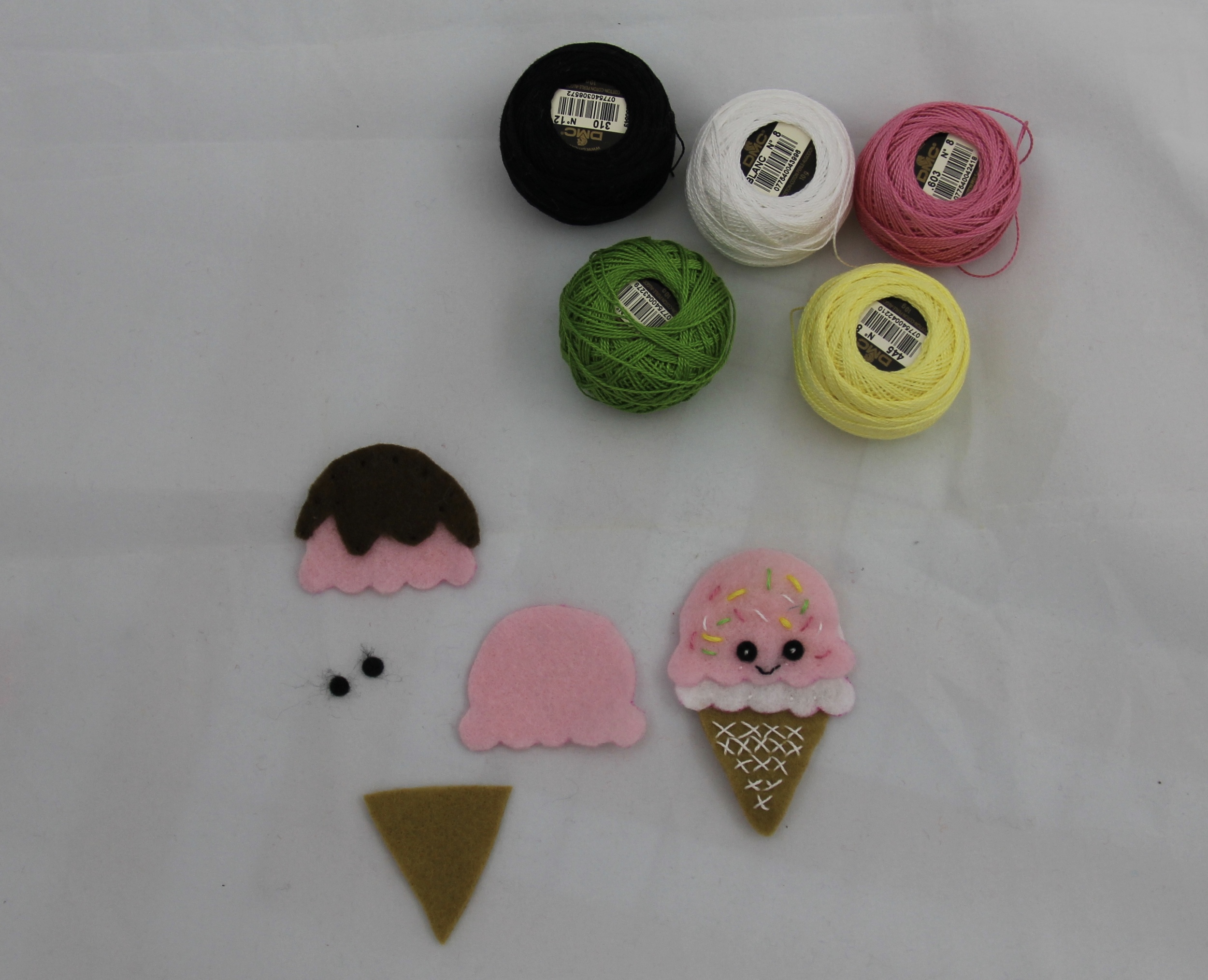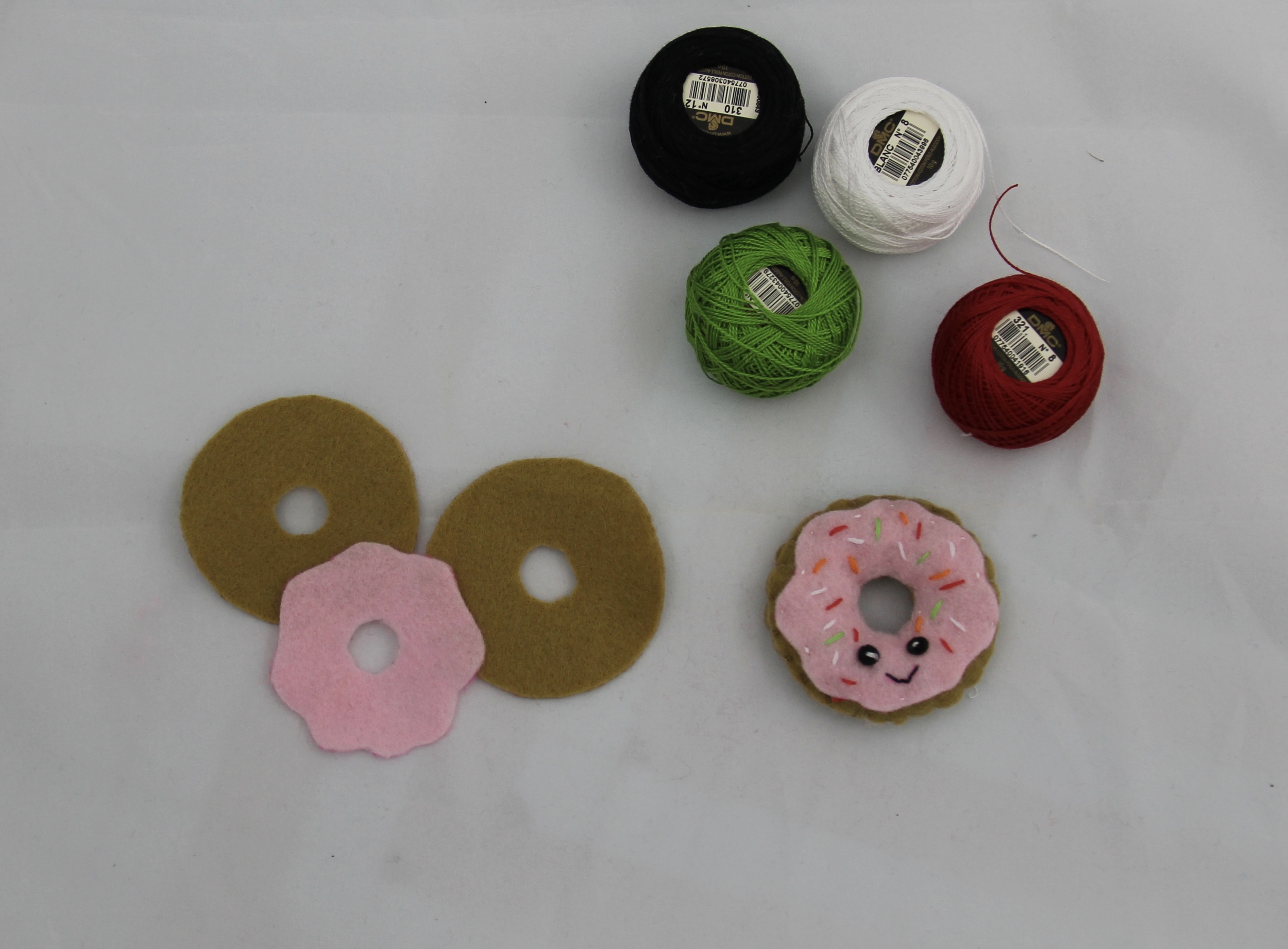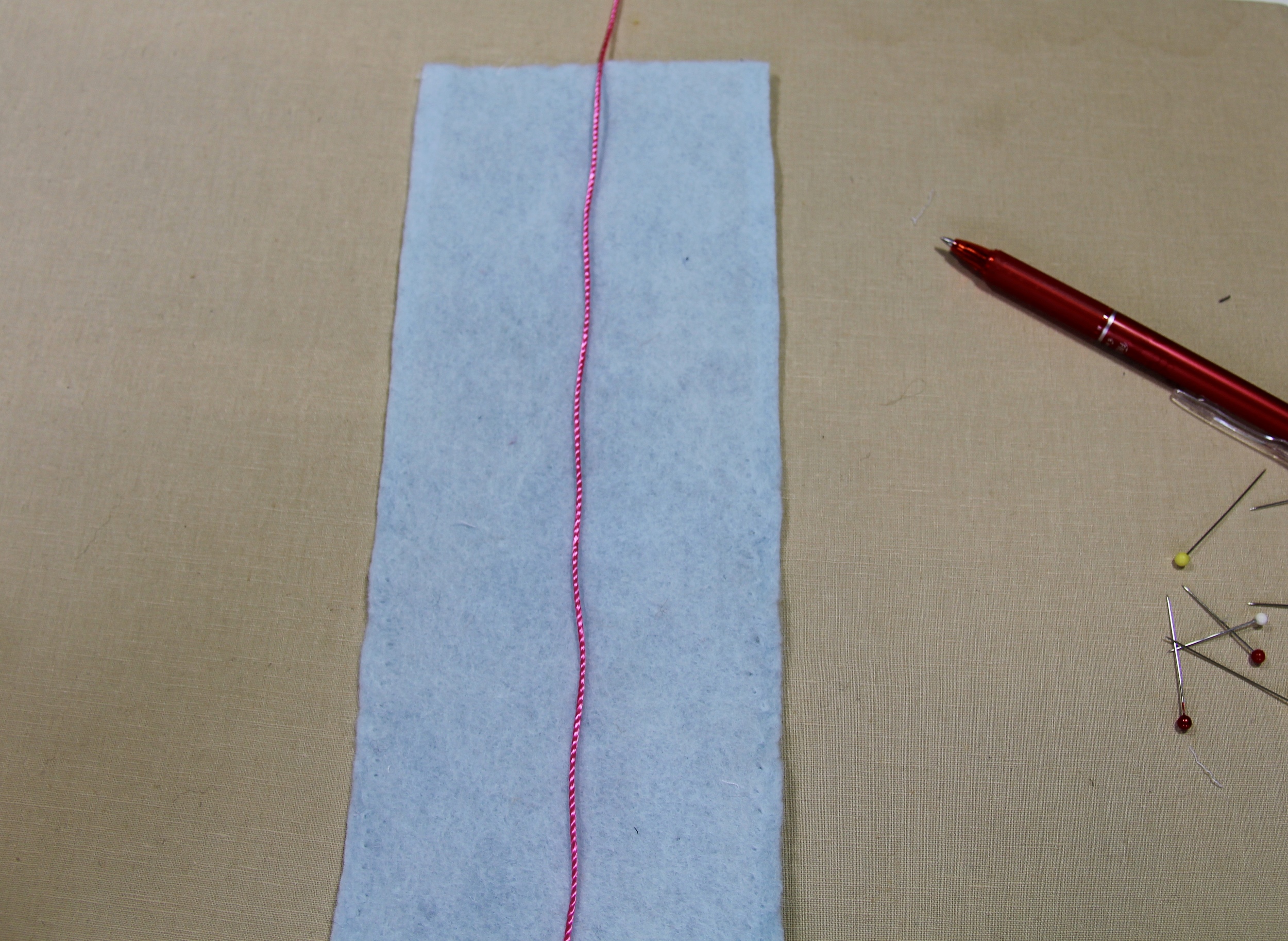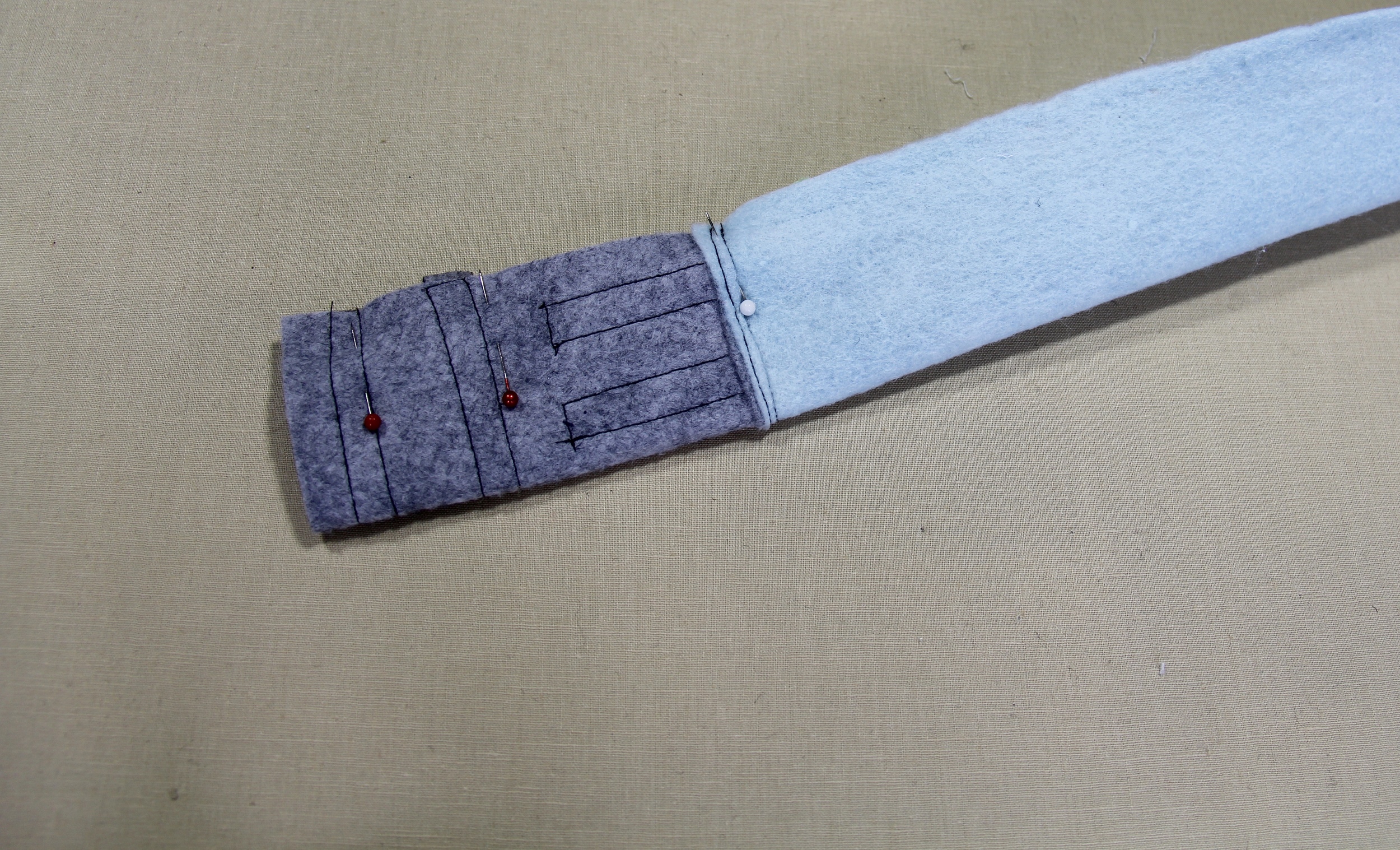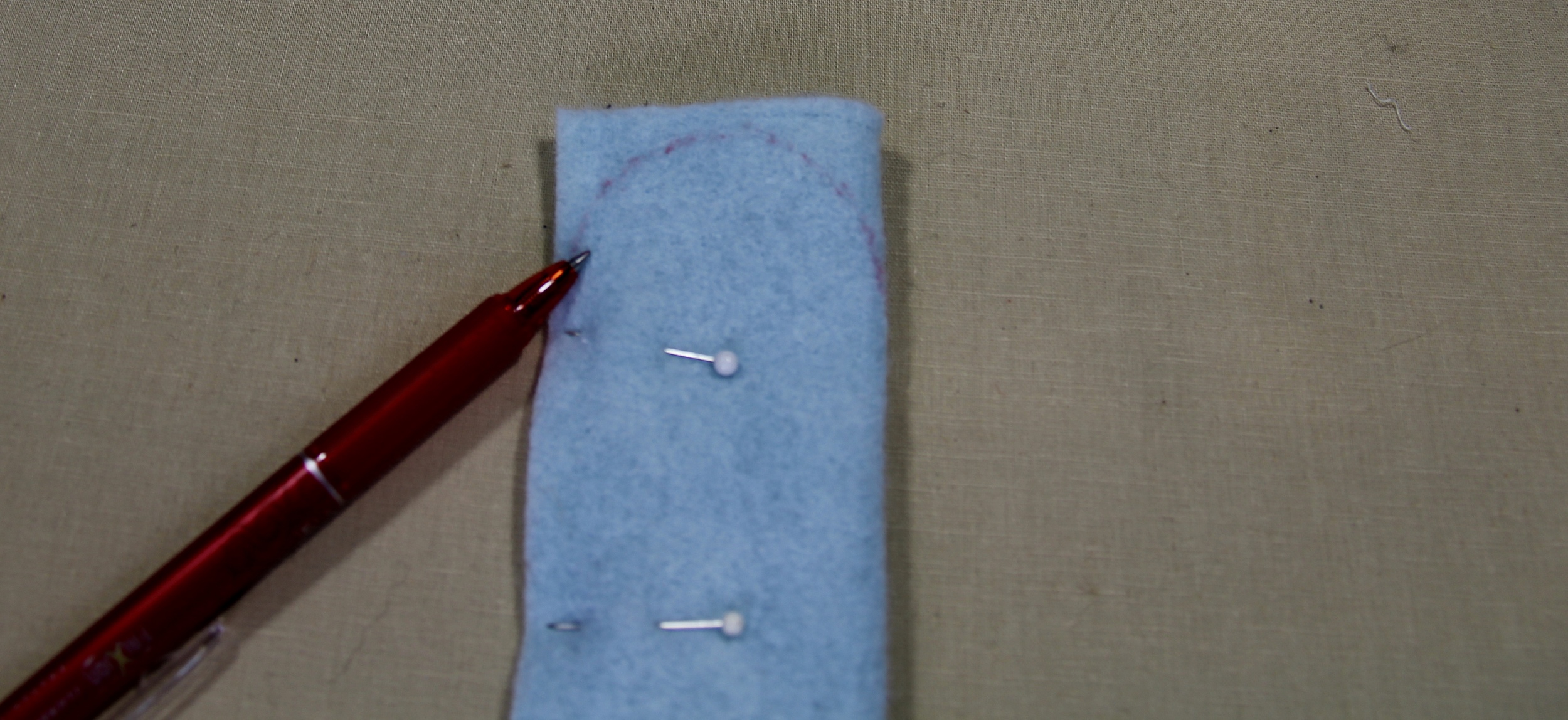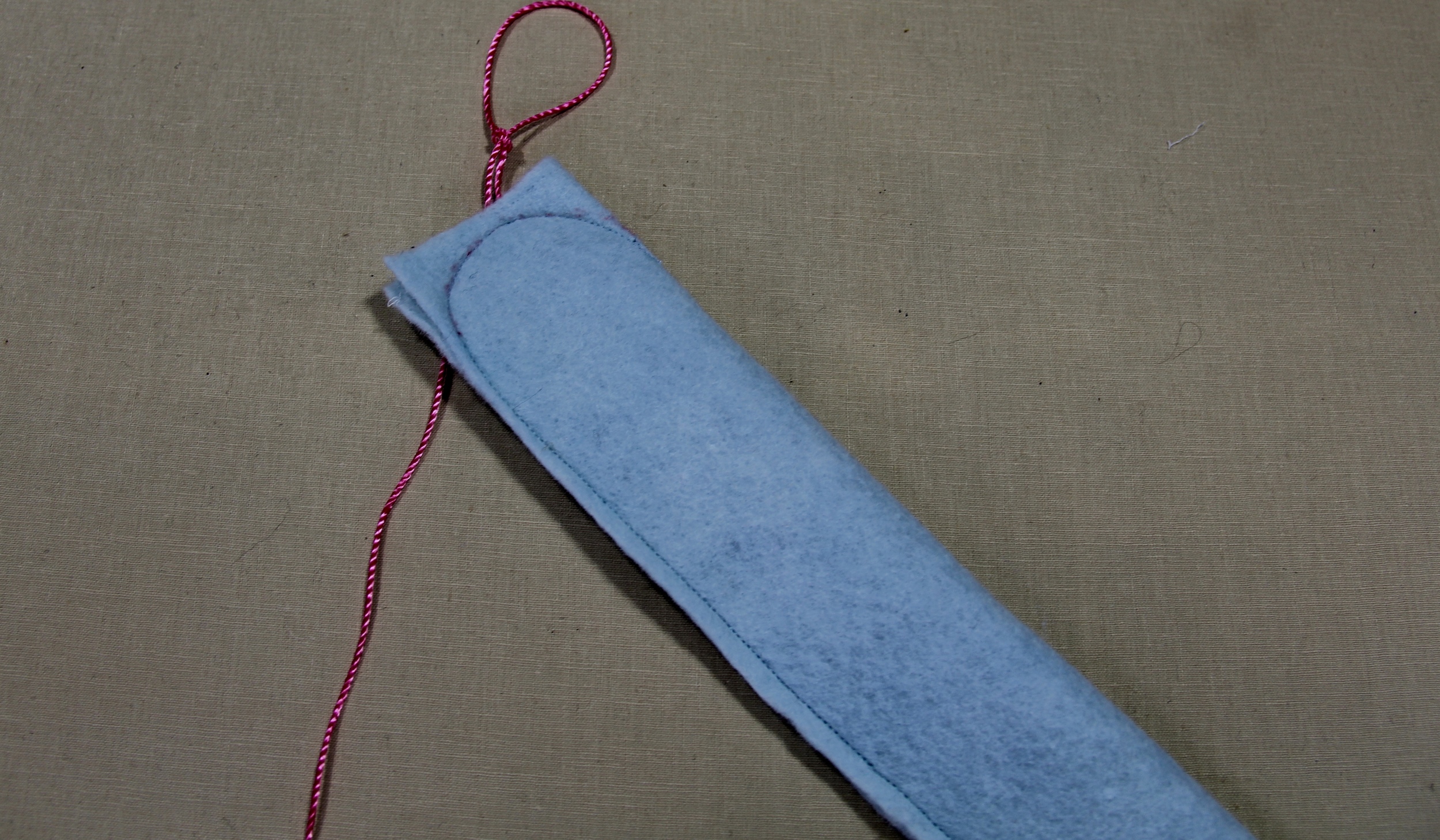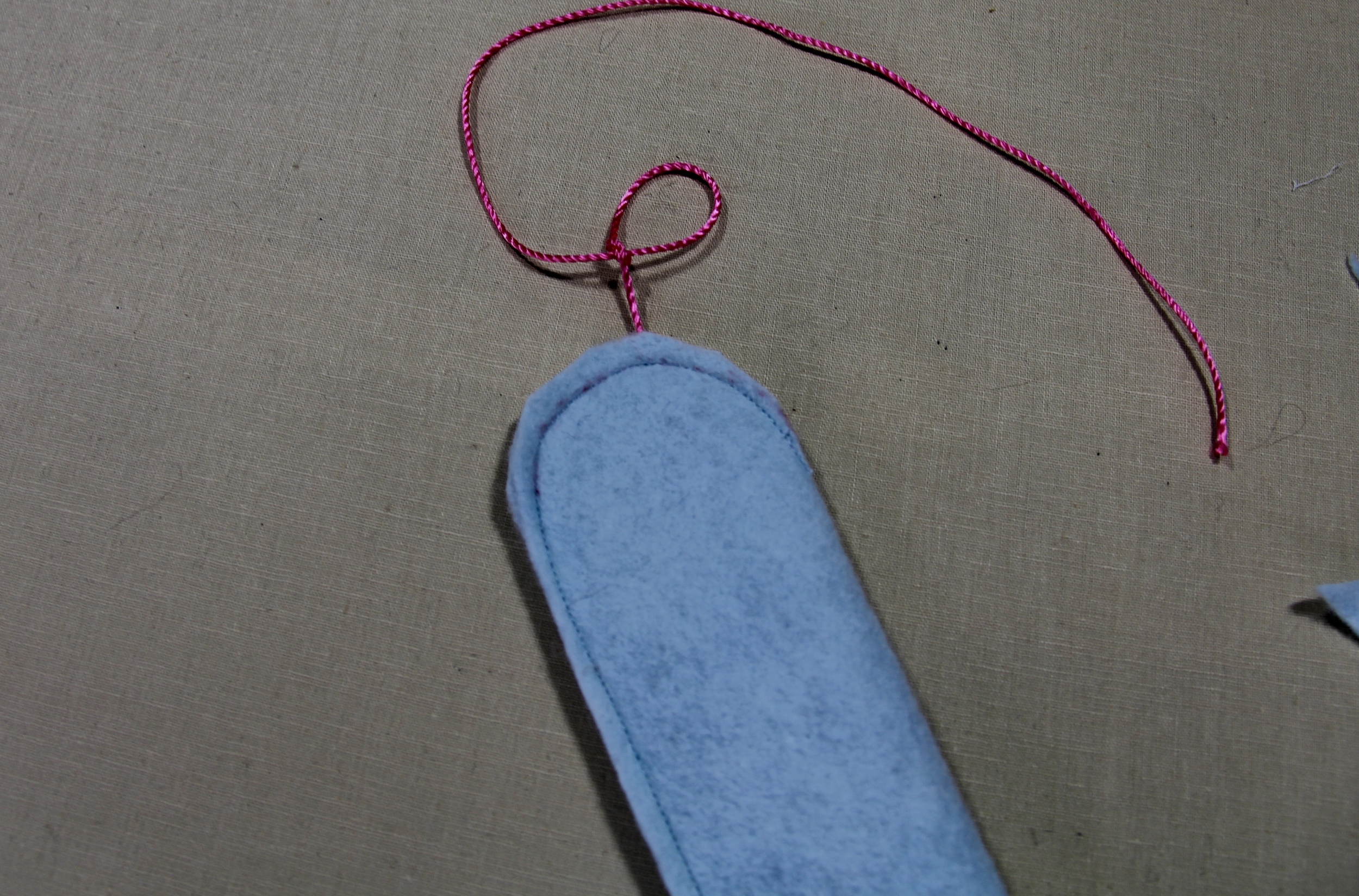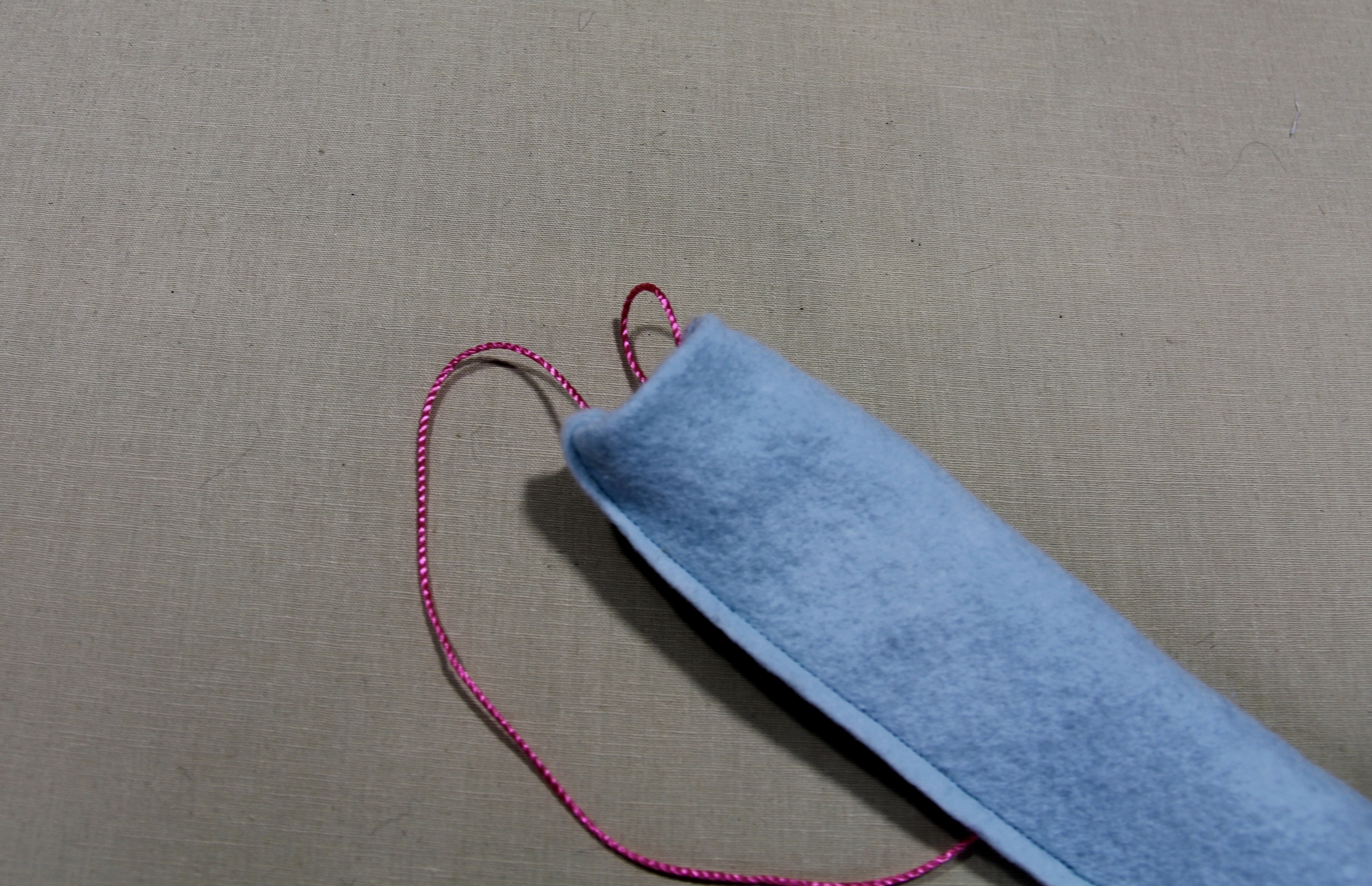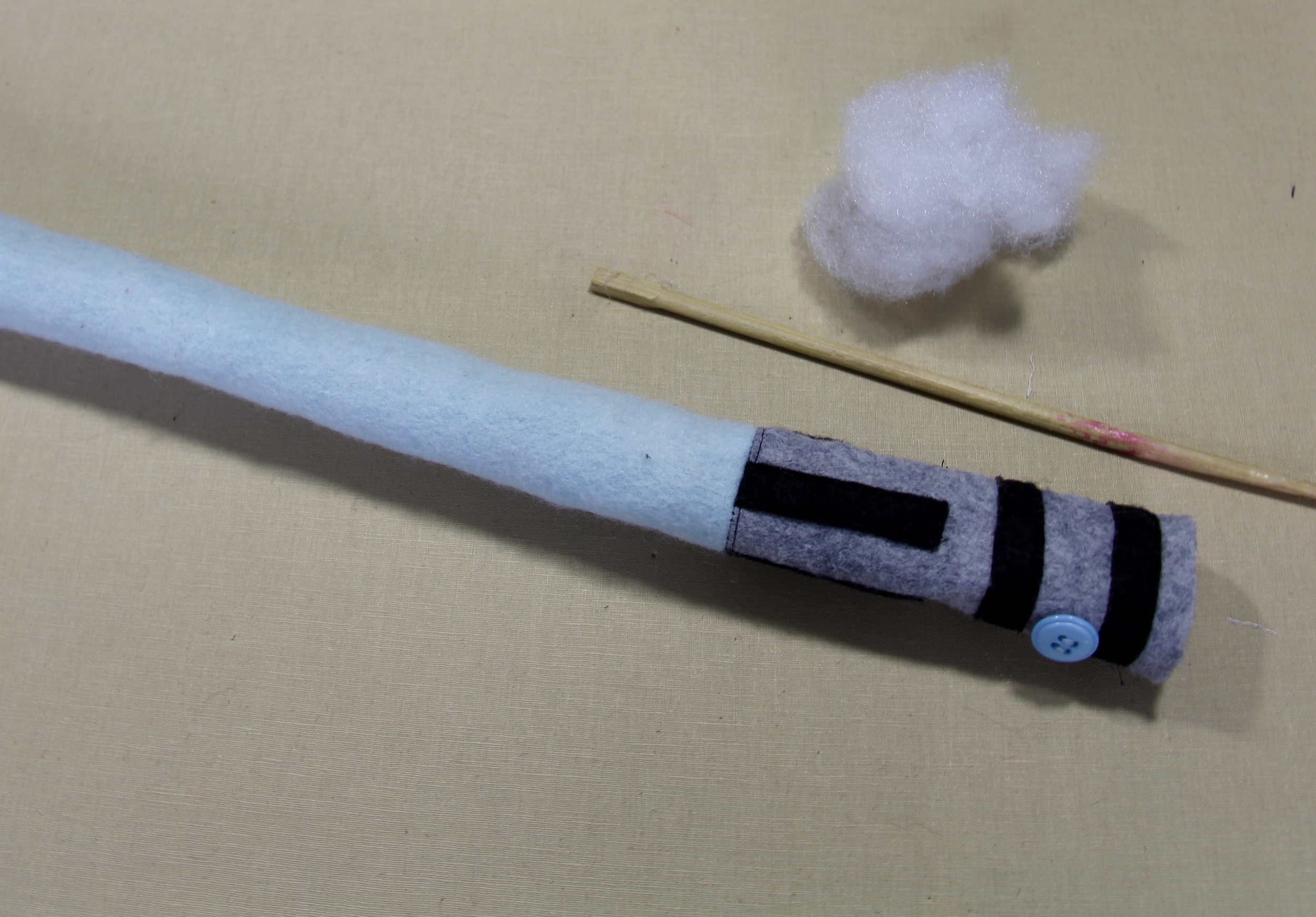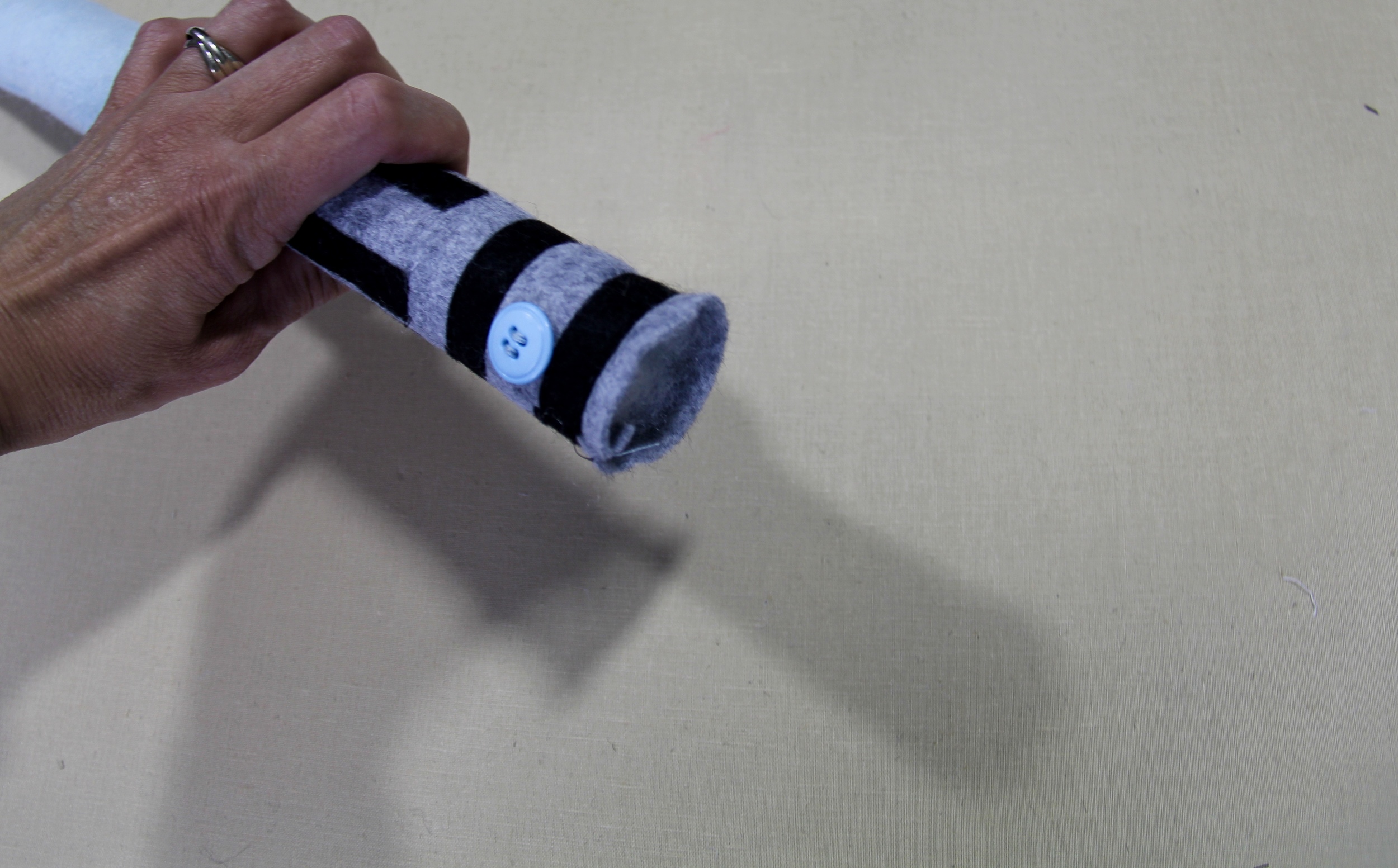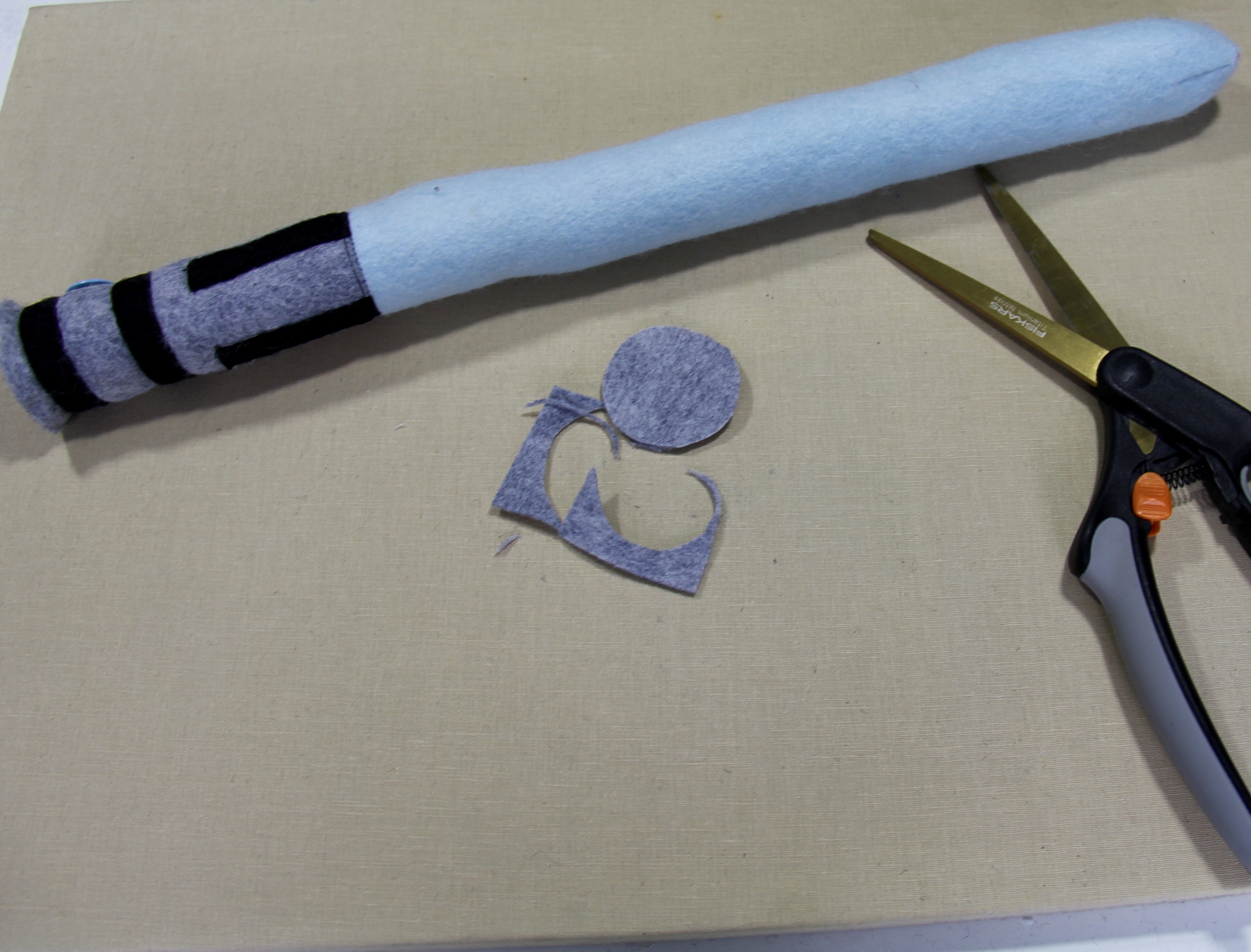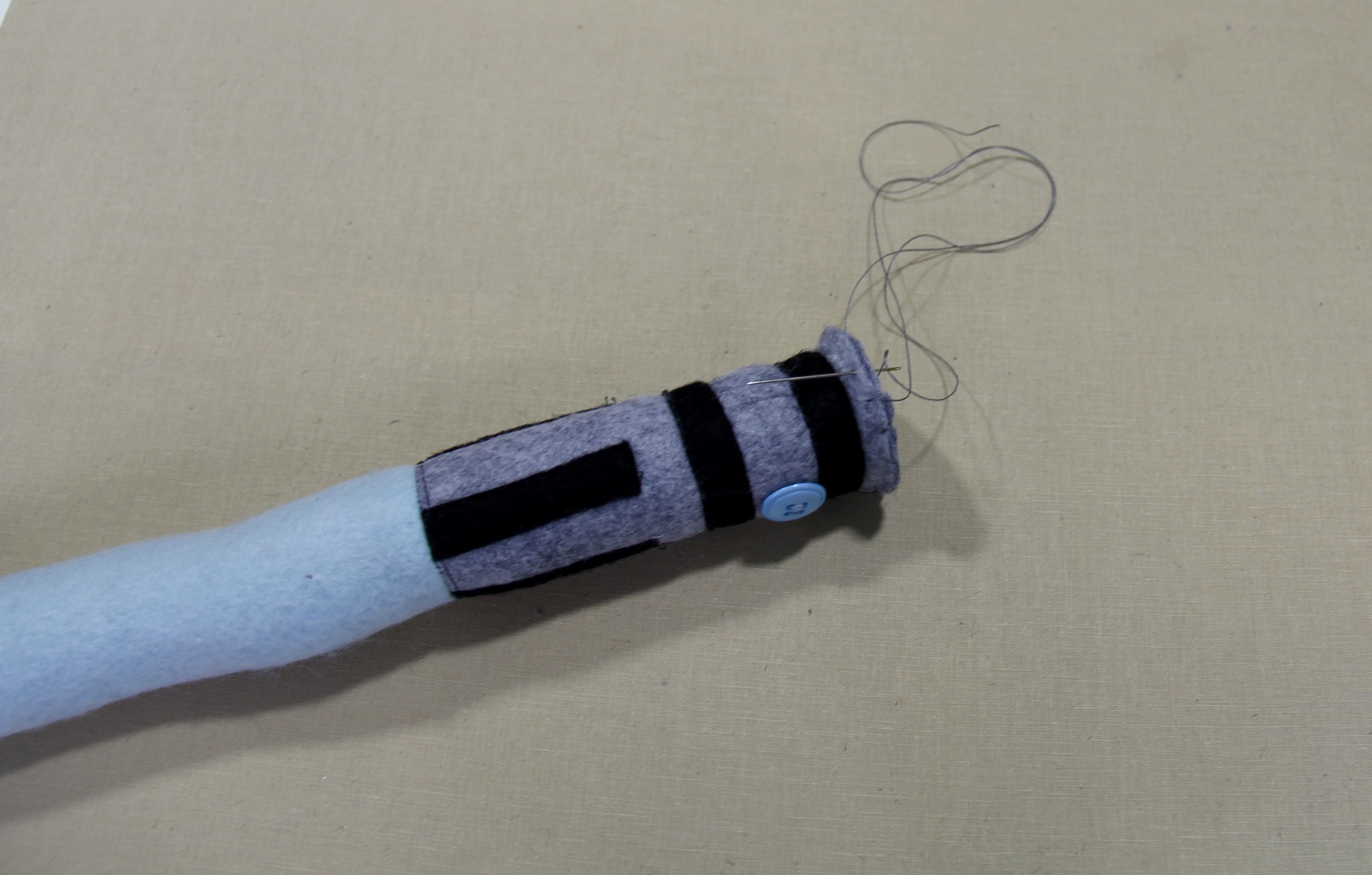On the ninth day of Christmas... A Sew a Softie Round up
The last two weeks, we've celebrated everything hand-sewing and softie-related and it’s clear you love sewing with kids as much as we do. In this post you will find all of the inspiration you will need to sew an ornament or toy for Christmas.
But perhaps the best part of Sew a Softie for Christmas is the blog tour. These lovely ladies showed us their take on simple sewing projects with kids. So many of our blogger friends have posted darling sewing projects over the past few days, it's hard to know where to start!
The last two weeks, we've celebrated everything hand-sewing and softie-related and it’s clear you love sewing with kids as much as we do. In this post you will find all of the inspiration you will need to sew an ornament or toy for Christmas.
But perhaps the best part of Sew a Softie for Christmas is the blog tour. These lovely ladies showed us their take on simple sewing projects with kids. So many of our blogger friends have posted darling sewing projects over the past few days, it's hard to know where to start!
Sew a softie for Christmas Round-up
This is the Christmas Treat Cone that I made.
Christmas tree softie http://www.ourdailycraft.com/2016/12/02/sew-christmas-tree-softie/
Thank you so much to everyone who is included here. Such a lot of wonderful sewing you've done with this idea! What are you going to make first?
XO, Hilarie
On the Sixth Day of Christmas.....
On the Sixth Day of Christmas my true love gave to me a Christmas Candy Cone. Inspired by Victorian candy cones and the German Schultüte, this cone will look equally beautiful hung from a door or your tree.
On the Sixth Day of Christmas my true love gave to me a Christmas Candy Cone. Inspired by Victorian candy cones and the German Schultüte, this cone will look equally beautiful hung from a door or your tree.
My mother grew up in Germany, so many of my Christmas holiday traditions, goodies and decorations have a strong German influence. This Cone beautifully synthesizes all things Christmas for me: classic and simple with a hint of nostalgia. I chose to make this project in wool felt. Felt is my favorite craft making material because it's soft, natural and so easy. It also lends itself effortlessly to a project that is easy enough for kids to make or to make with kids.
This post is part of the Sew a Softie for Christmas project held by Trixi Symonds, author of "Sew Together Grow Together" and Coloured Buttons. Thank you Trixi for inviting me to participate!
Materials needed:
One yard of ribbon
8 X 12 sheet of felt
Embroidery floss or Pearle Cotton
Needle
You can make this with a sewing machine as well, but they are super fun to sew by hand as well. I think the next one I make might just feature some fab embroidered details and a pompom or two.
Cut one cone shape using the template. Cut ribbon into two lengths. 13" for the cone edge and 10" for the handle.
Take the 13" length of ribbon and pin along the curved edge of the felt. Stitch the top edge.
Fold the felt in half with the right sides facing together. Make sure that the ribbon is aligned too! Pin and sew from the top ribbon edge to the point.
Turn right side out. You may want to use the eraser edge of a pencil to push the pointed end of the felt out.
If your ribbon is single sided (meaning one side has a pattern and the other doesn't) you can cut two lengths and place them with the wrong sides facing together. Sew on each long side.
Pin the handle to each side of the cones top edge and sew to secure.
Give the felt a nice tug to help smooth its shape. Fill with goodies and display with pride!
Some thoughts on sewing with kids
When sewing with small kids, we begin by threading the needle and leaving a long “tail” beneath the know. With the threaded needle under the felt, I begin telling a story of a little mermaid that is just learning to dive and swim. She is going to practice by shooting up from underneath the water (underside of the fabric) then just as her tail reaches the surface (when they feel the knot reach the fabric) she turns and points herself right back in the water. Before she does that though, she needs to stop and plug her nose (I have the kids pinch the eye of the threaded needle and pierce the fabric through the other side of the line). Then we keep practicing. There are always lots of knots and loops but they get it.
I hope that you enjoy making this project!
Hilarie XO
I'm stuffed! A Plush Pumpkin Pattern and Tutorial
To celebrate Thanksgiving, the girls in my sewing classes made some pumpkins. They enjoyed them so much that I thought they might help to get you in the holiday spirit! Bright and cheerful, they just make me smile.
To make your own, start by reading through this entire tutorial, print the pattern and begin!
To celebrate Thanksgiving, the girls in my sewing classes made some pumpkins. They enjoyed them so much that I thought they might help to get you in the holiday spirit! Bright and cheerful, they just make me smile.
To make your own, start by reading through this entire tutorial, print the pattern and begin!
Materials
1/4" of cotton fabric
Craft thread
Scissors
Needle
A stick about 4-6" long
Poly-fill stuffing
Green felt
Glue
Once you print the pattern, measure the scaling square to be sure that it measures 1".
You will need to cut six fabric pieces total to make each pumpkin. Lay the template on the fabric and trace with chalk. Cut on the drawn line.
Pin the cut pieces, placing the right sides of two of the fabric pieces together carefully aligning the matching points and edges. Stitch from top to bottom on ONE side using a 3/8" seam allowance. Add a third wedge to the pair. Be sure that you are only sewing through two layers of fabric. You should end up with what looks like a shallow bowl. Repeat for the next three pieces. First sew two together, then add the third.
Reinforce the edges by backstitching when sewing together. Be sure to sew slowly around the curved edges to ensure that your pumpkin will be round and plump.
Pair these two sections together, aligning their cut edges and placing the pieces with the right sides facing together. To do this, turn one half-sphere (3 pieces sewn together) right side out and tuck it inside the other half sphere with the right sides facing together, aligning the points to match. Sew from the top of the straight edge to the opposite top straight edge around the sphere. Do not stitch the wide flat edge opening.
Do you see how the seams on the pointed side are matched on the inside? Pin carefully when you are sandwiching together.
Do you see how the pointed edges are pinned and sewn together? The flat edges will remain open.
Does yours look like an inside out pumpkin bowl? Turn the sphere right side out through the opening then stuff it.
This is the what the bottom will look like.
Secure a thread through the seam and knot. Finger press the raw edge under 1/4" and hand sew around the opening. Once you have sewn completely around, push the stick into the center and pull the thread to secure.
Continue to stitch around the stick once more. Knot.
Glue the felt leaves.
Finish by tying a ribbon or yarn around the stick.
These pumpkins were made by the Fashionable Friday Class!
Happy Thanksgiving!
XO, Hilarie
How to print and assemble a PDF sewing pattern
There are many benefits to buying and downloading a digital, or PDF sewing pattern. Instant gratification is one, and also storage. If you buy a lot of patterns, you will have to put them somewhere! The ability to endlessly print instead of tracing off a pattern or even worse- mistakingly cutting out the wrong size on a tissue pattern that you will have to repurchase and start over, whereas with a digital pattern, you can just re-print specific pages. Like with so many things, the internet has provided a way for independent designers offer their patterns without having huge overhead and a financial backing from a large pattern company.
There are many benefits to buying and downloading a digital, or PDF sewing pattern. Instant gratification is one, and also storage. If you buy a lot of patterns, you will have to put them somewhere! The ability to endlessly print instead of tracing off a pattern or even worse- mistakingly cutting out the wrong size on a tissue pattern that you will have to repurchase and start over, whereas with a digital pattern, you can just re-print specific pages. Like with so many things, the internet has provided a way for independent designers offer their patterns without having huge overhead and a financial backing from a large pattern company.
PDF sewing patterns are designed to be printed on a home printer using A4 or US Letter sized paper. To begin, you will need:
A printer
A4/US letter paper
Paper Scissors
Tape (scotch tape or washi work great)
Download your pattern and save it to your computer files. Open it in a PDF reader such as Adobe Reader, which you can download for free. There are other PDF readers available, but you may find that some scale the pattern to the wrong size. I offer my patterns through Etsy. To further assist, Etsy has provided a handy guide to downloading digital items.
Depending on the size of the pattern, you will likely be printing several pages that may look a little crazy. I promise that they will assemble with a little effort and look similar to a traditional tissue paper pattern- but much sturdier. And you will not suffer the added challenge of refolding the pattern and trying to stuff in back in the envelope.
Before you print, read through the pattern's printing instructions. In your Print Dialogue Box, set print scale at 100%. Do not check, "scale to fit". Identify the test square. If you don't see it, check your pattern printing instructions again. You will want to print the page with that scale square first. Measure the square to be sure that the scale is correct. If it is not, check your print settings. Additionally, you can change the print quality, opting for draft or fast printing to use less ink. Also, printing in black and white (even though all of those colors are so pretty!) It saves ink.
It is not necessary to print every page. Just print the pattern and view the instructions on your screen. It will save ink, time and paper. READ through the instructions first, they will guide you to which pages to print.
The pattern pages will need to be trimmed before being taped together. It can be a bit tedious to assemble the pattern and tape the entire thing together, but once you have done it a time or two, they come together pretty quickly.
Trim around the border of each page.
I find it easiest to work one row at a time. I begin by laying out each row, then trimming each page. Then I align the quarter circles and tape.
Continue to tape. It's starting to look like a real pattern!
Once I have the entire pattern assembled, I rough cut around each piece to separate.
Since the patterns are multi-sized and you may not have printed in color, it may help to take a pen or marker and highlight your correct size. Do you see how each size has a coordinating line (stroke) design? Look at the pattern's size chart to determine your size then refer to the size key to find your size.
Cut out each piece and get your fabric ready! At this point you can lay the pieces directly on your fabric and following the layout and cutting instructions, begin pinning, tracing, transferring and cutting. I think that you will find this paper much easier and more durable than standard tissue paper.
Do you have any tips or tricks to add? Have you used a PDF sewing pattern yet?
Aster Fold Over Clutch Bag and Limited Edition Clutches
Photo Credit: Caty Gene Studio
You may have noticed that I updated my etsy shop. Besides PDF sewing patterns, I am offering a few handmade items. This past week I listed several clutch bags. They are fashioned in the classic zipper foldover style. Several months ago, a dear friend called and told me that she was moving to Washington, DC for a new job. And, would I like to buy her considerable inventory of high-end decorator fabric. (Well, of course I would! ) It took me a few trips back and forth to get it all home then a week or two to catalogue and organize it.
Months later, I am finally putting it to good use. These purses are just a sampling of the great fabrics that are in my collection. More styles and options to come.
I have been busy working on yet another sewing pattern. The Aster Foldover Clutch. Yes, the very same clutch that I am offering readymade. Next week, I hope to have an e-book, step-by-step sewing pattern ready for testing. The full pattern will be offered for sale as a PDF download in my etsy shop. Don't worry, the pattern is written as a teaching pattern with step-by-step colored pictures and text.
Would you be interested in being a pattern tester?
Obi sash Pattern and Tutorial
I was asked to make an Obi sash belt for Annabel Wrigley's debut fabric line, Maribel for Windham Fabrics. Pretty awesome, right?! I love how she styled it for the Lookbook. A pretty floral, Breton stripes, some faded denim? What's not to love!
I was asked to make an Obi sash belt for Annabel Wrigley's debut fabric line, Maribel for Windham Fabrics. Pretty awesome, right?! I love how she styled it for the Lookbook. A pretty floral, Breton stripes, some faded denim? What's not to love!
NOTE: I am also making an alternate version in a beautiful raw silk for you to more clearly understand my instructions. For the silk version, I have omitted interfacing.
Ready to make it?
Supplies:
2 yards of lightweight woven fabric (always wash and dry your fabric before cutting to allow for shrinkage)
Coordinating thread
Tailor's Chalk
Lightweight fusible interfacing (I like Pellon Shape Flex, SF101.)
Download Pattern (One size fits most)
Cut the pattern out and tape together aligning notches and page numbers. Each pattern page includes shaded circles with guide numbers to show how the pattern pieces should be organized. Be sure to match up all 4 quarter circles along the edges of the tile.
Fold your fabric lengthwise.
Lay the pattern on the fold line.
Pin the pattern to the fabric and cut.
Cut interfacing 1/4 inch smaller all around (this will help prevent bulky seams)
Mark the dots and notches with a chalk pencil.
Seam allowance for construction is 1/2".
Fold the fabric with the right sides facing together and matching the notches, and pin. Begin stitching around the belt beginning at the point. Stitch the perimeter of the belt with a 1/2" seam, leaving an opening between the dots you marked for the pattern piece for turning the belt right side out. When you begin and end stitching at each dot, begin stitching at the selvage, stitch 1/2" and pivot. Stitch along the long side. By extending the stitch line, just a bit, it will help the fabric turn inside when it is time to finish.
Be sure not to stretch the fabric as you work toward the points on each end.
Trim the seam allowances (except for those in the opening) to about 1/8"; then turn the belt right side out. Finger press the edges to smooth the stitching, tuck the seam allowances inside the opening, and press with an iron to meld the seams.
Topstitch 1/4" from the edge around the perimeter of the belt in one continuous seam, pivoting at the points and catching the folded inside edges that we used for turning. Be sure to backstitch to prevent all of those pretty stitches from unraveling! Press.
Your sash is done and ready to wear!
Sew a Softie Day!
Sew a Softie Day! Shopkin-ish edition.
I am so very honored to be included as a guest contributor to Sew A Softie Day! Trixi Symonds of Colored Buttons envisioned Sew a Softie Day as a way to share the craft of hand sewing. As a sewing teacher (and a mom!) I know first hand how seriously excited kids are about making things with their own hands. Sewing is a skill that they can learn that is super useful, accessible and fun. Yet there are so few adults in their life that sew anymore. I have a fun project for you In case you need a little inspiration to get started.
First, I'd like to share some thoughts on sewing with kids. To begin, ask them what they want to make. Kids really take to sewing when the rules are limited and they have lots of creative freedom and attractive materials to choose from. Good supplies are essential! I hate to sew with cheap fabric, flimsy needles and dull scissors. Sewing supplies don't cost that much money and the nicer felts, fabrics and tools make sewing so much more pleasurable. Get the better quality stuff. You will thank yourself. Kids are so much more invested in a project if they get to pick out the fabric and thread. Take them to the store, (seriously), and let them pick out the thread, felt, and buttons they like. The color combinations they choose are always fantastic.
If you are teaching a group of kids, have a sample made. Understand that sometimes what we think is terrific, they will not want to make. When this happens to you, try not to be disappointed! Ask them how they would change it and adapt. Kids know what they like.
Preparation is key. Precut the patterns, gather the supplies, thread the needles, tie the knots. Have it all ready to go. I find that simple 2-D shapes work best for little hands and growing minds. A simple shape is a blank canvas for them to embellish. (and they will!) Kids love to personalize whatever they make, More is more.
Turn on some music, thread some needles, snuggle up with your favorite little ones and have fun with it. To begin hand sewing with kids, I have them choose a small piece of felt and a few colors of embroidery floss. Then I draw a path of dashed lines each about 1/2" long across the felt. I give them a strand of floss and knot the end with a "tail" below the knot. We begin by pushing up through the back of the felt. We pretend that the needle is a dolphin or a mermaid who bursts up from the water (beginning of the line) and dives back in (the end of the line). However, the mermaid has to hold her nose when she dives (pinch the thread around the eye of the needle). Because she is just a little mermaid and just learning to swim. At this point we are focusing on process only. Wonky stitches are just fine! In fact, most kids prefer them. They want their stitches to show so that everyone else will know that they made it.
Kids need a lot of help threading needles and tying knots. They eventually get it, and when they do, they feel incredibly accomplished. They can't wait to help their struggling classmates.
When I joined Sew a Softie Day, my original project was going to be a marionette puppet. I thought it would be lots of fun and couldn't wait to show my resident focus group (my own children). While they liked to play with the puppets, stringing them and making them move correctly proved really frustrating. I needed plan B! Later that week, in one of my sewing lessons, a young girl asked to make an avocado "Shopkin". Shopkins! Yes, of course, Shopkins are the perfect project! If you don't spend a lot of time around elementary aged girls, Shopkins are these adorable little shopping themed characters. Food, household items, clothes. Cute stuff that kids collect, trade and promptly loose.
While this project is not exactly a Shopkin, it has been a huge hit. The ideas are endless and can be tailored to each child's interest. Omit the inner circle on the doughnut and suddenly, it's a cookie or an alien spaceship. Perhaps make 2 circles and it becomes a Starwars BB-8! Simple shapes, few "rules", cute details and fun colors. Are you ready to try it?
Felt Shopkin-ish
Supplies Needed:
Felt
Embroidery Floss or Pearle Cotton
Embroidery needles with a large eye
Scissors
Chalk pencil or Frixion pen
Stuffing
To begin, download and print the pattern. (Make sure that the scaling square measures one inch.) Trace around the templates and cut on the trace line. It may help to trace the pattern onto cardstock or posterboard and then cut the shape out for the kids to trace onto felt. Paper can be tricky for most kids to align, pin and cut.
Once you have your shapes, decide where to add the eyes, cheeks and smile. Since I didn't add a template for the eyes and cheeks, just have your kids cut out small circles out of scrap felt. I used a paper punch for mine.
To sew the facial features and details, we are going to use a basic running stitch. It's beautiful in its simplicity, utility and function. Vary it with size and color and it adds such vitality and expression to this project.
To sew the sides together (wrong sides together, we want to see those stitches!) I used a blanket stitch. Feel free to use any stitch you feel comfortable with.
Each Shopkin-ish is stitched and assembled in the same way. Eyes, cheeks, mouth, sprinkles, sides, stuff, close and finish.
I hope that you have enjoyed this tutorial and make something awesome with your special little ones. Thank you again, Trixi for inviting me to contribute.
XO,
Hilarie
The force is strong with this one.
This past winter in my weekly sewing classes, the kids wanted to make something Star Wars. (The classes take on a whole different attitude when they include boys!) It only took a few minutes to come up with the idea, but why not make a "lightsaber" that they can actually hit each other with and not get hurt. This is a super easy project, that kids love!
This past winter in my weekly sewing classes, the kids wanted to make something Star Wars. (The classes take on a whole different attitude when they include boys!) It only took a few minutes to come up with the idea, but why not make a "lightsaber" that they can actually hit each other with and not get hurt. This is a super easy project, that kids love!
May 4th and 5th, are highly regarded holidays around our house. My kids can't wait to go downtown to the annual Revenge of the Fifth Lightsaber Battle. They have been plotting details and their battle strategies for weeks now. In honor of May the Fourth and Revenge of the Fifth, I've prepared a DIY Lightsaber tutorial for you.
Materials Needed
Wool felt grey and black for the hilt and blue, green or red (Jedi or Sith?) for the blade
thread
needle
3/4" button
polyfill
a 30" piece of yarn or string
Cutting
one 5"x5" piece of grey felt for the hilt
one small piece of grey felt to cut into a circle to cap the hilt (we will cut this out a bit later)
one 13"x5" piece of colored felt for the blade
two 1/2" x 5" strips of black felt
four 1/2"x 2" strips of black felt
Sewing
Begin by threading a needle with about an 18" length of thread. Stitch each black piece of felt to the grey hilt. Sometimes it helps to use a glue stick and glue each piece first. Let it dry for a couple of minutes, then stitch over it.
Next, sew the button between the two longer horizontal strips.
After you have stitched the button and each black strip, place the right sides of the hilt and blade together, pin and stitch.
Turn over and stitch across the hilt, make sure to tuck the previous seam toward the hilt and topstitch across.
It's coming along nicely, right? I told you this was easy. Almost done.
Take the piece of yarn or string and lay it down the middle of the blade. Fold the lightsaber in half lengthwise and pin. When pinning, begin at the hilt, making sure to evenly line up the black strips. After pinning, take a pen and draw a nice curve around the top of the blade. This is going to be your stitching line. Begin stitching at the bottom of the long side of the hilt. Using about 1/4" seam allowance, sew straight up toward the top of the blade. When you get to about 2" to the top, slow down and stitch around the curve that you drew. Make sure that you stitch over the yarn. Back stitch to secure and trim your threads. Now trim the felt closely around the stitch line being careful not to cut through the stitches.
Tie a slip knot in the yarn, right above where you just stitched. Grab the yarn on the opposite end and pull gently. As you pull you will begin to turn the lightsaber right side out. Fun, right?
Once you have it turned, you can cut the yarn. Now it's time to stuff.
Using small bits of Poly-fill, begin to stuff. A chopstick or eraser side of a pencil makes this much easier. As you stuff, roll the lightsaber against the table, like a rolling pin. This will help to keep the stuffing from looking lumpy.
When you are satisfied with the firmness and shape, its time to close the hilt. You may call it quits and just stitch right across the top or you can cut a circle and hand stitch that piece to the bottom of the hilt and close it nicely. I like to use button and craft thread for this. Its a bit thicker and tends to withstand play a bit better.
Ta-da! You did it!! Now you can give it to your child and let him go for it! (If you are going to give this to a child under 5, you may not want to use the button)
Let me know if you have any questions.
XO,
Hilarie
